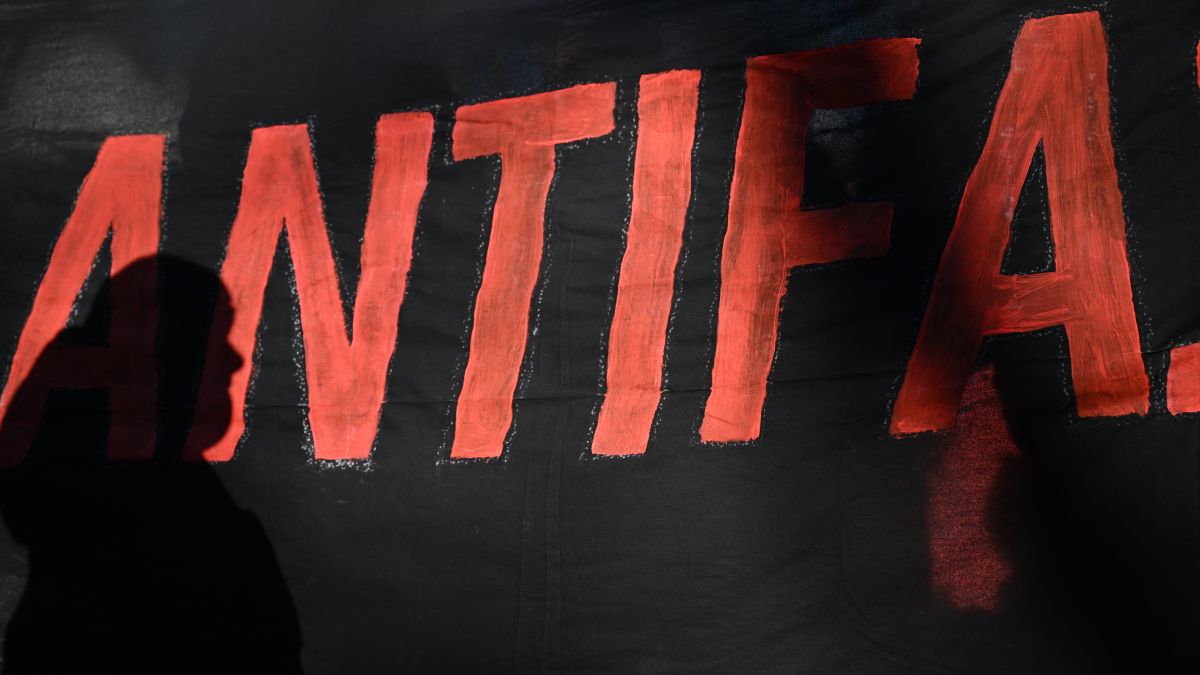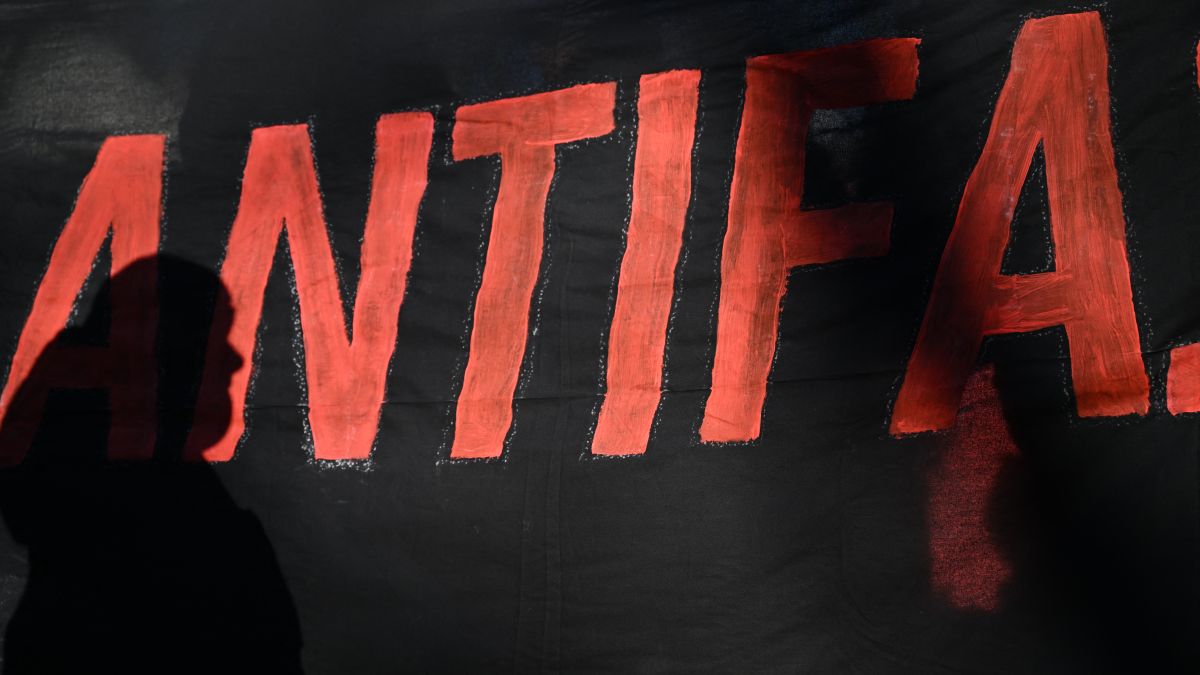It is Halloween time, the season when spirits and other interesting beings are said to be floating around. Perhaps it’s also the most appropriate time of the year to have a bit of fun and speak about a few heritage sites in India which have the sad reputation of being haunted by spirits. And these spirits don’t wait for Halloween to come around to be talked about. Instead, they have the entire year to build their ‘haunted reputation’.
Bhuli Bhatiyari Ka Mahal, Delhi: Originally built by Feroz Tughlak in the mid-14th century CE, the ‘mahal’ was a hunting lodge. It was said to have been built along a water body. The forest and wild creatures that once inspired its location are long gone, and the mahal finds itself in the heart of Delhi, accessed by a road close to Delhi’s iconic Hanuman statue.
As the story goes, in some bygone era a woman of the Bhatyar tribe who had lost her way came to the hunting lodge. Somehow – and there are various versions of how – she lost her life here and came to haunt the place. In real terms, the isolated location of the place makes it the haunt for anti-social elements, with more than one murder reported, all of which adds to the dark legends associated with the place.
Garh Kundar, Niwari, Madhya Pradesh: The small, hilltop fort of Garh Kundar lies north of Orchha. Around the 15th century, it was controlled by the Khangar dynasty, who had a running rivalry with the Bundelas. Matters came to a head during a marriage ceremony between a Bundela princess and a Khangar prince. After having participated in the celebrations and ensured that the Khangars were dead drunk, armed Bundelas crept into the fort in the middle of the night. A massacre of the Khangars followed. This wedding night massacre found space even in folk ballads and literature. And gives rise to ghost stories being associated with the fort.
Quick Reads
View AllThe fort itself is silent today, quiet and as well-maintained as an abandoned place can be. Small birds flit in and out of watchtowers where guards once stood. There are no large villages in the vicinity, only a handful of scattered houses. Local folk believe the place is haunted and stay away.
Netaji Subhash Chandra Bose Island, Andaman Islands: Formerly called Ross Island, this place in the Bay of Bengal was part of the penal zone the Andamans became in the British era. Post 1857, the place witnessed a surge of prisoners. In the 1864-67 period, the island witnessed elaborate construction using convicts as labour. Over time, apart from the prison establishment and barracks, the Chief Commissioner’s grand residence, a bakery, a bazaar, a tennis court, a church, a hospital, a secretariat and even a swimming pool came up.
These years saw brutal treatment of the convicts – it was effectively a place of no return. The island was abandoned in the 1940s, and with the forest reclaiming the buildings came stories of dead convicts haunting the place. Watching a sound and light show in the darkness on the island is an eerie experience.
Shaniwar Wada, Pune, Maharashtra: Located in the heart of bustling Pune, the citadel of Shaniwar Wada was also the seat of the powerful Peshwas, and in that capacity it became the beating heart of the Maratha empire itself. Built in 1732, initially only the Peshwa’s residence stood here. The next few decades saw the fort-like walls, fountains and audience halls come up. By 1758, nearly a thousand people lived here.
However, an incident in 1773 shattered the place. The then Peshwa, Narayan Rao, was assassinated by guards acting on the orders of his uncle, Raghunath Rao, and aunt, Anandibai. In 1818, the Peshwa abdicated his position and was sent into exile by the British. A fire in 1828 raged for several days, leaving behind only a hollow shell comprising gateways, ramparts and foundations of lost buildings. As well as a legend – of the ghost of Narayan Rao calling for help on full moon nights.
Pari Mahal, Srinagar, Kashmir: This magnificent garden palace, standing across seven terraces, is one of Srinagar’s iconic spots. It was built by Mughal Prince Dara Shikoh, son and heir apparent to Emperor Shah Jahan, during the mid-17th century. Its unique location meant that it also found use for teaching astronomy.
If you believe local lore, it is said that the name is not on account of fairies frolicking here, but for sightings of beautiful princesses who were kept there against their will by evil magicians. Visitors with lively imaginations have reported floating lanterns, whispers in Persian and creatures in human form, sans faces. What a wonderful place to spend a night in!
Golconda Fort, Hyderabad, Telangana: Much bigger than the Pari Mahal and also built across multiple levels is the massive Golconda Fort. Originally built in the 11th–13th century period and added to by various dynasties over centuries, the fort also had diamond mines in its vicinity. That, combined with its strategic location, made it much coveted, and the walls witnessed warfare, desire, intrigue and bloodshed. In short, all the ingredients required for a good ghost story.
The most frequent ‘sightings’ are of soldiers dressed in armour of centuries past, standing around as if still guarding against an attack. Some happy souls have even reported hearing sounds of swords clashing, as if war had broken out. The other legend is about a famed dancer and courtesan called Taramati who met a tragic end. Her ghost announces its presence with the sound of her anklets. How ‘Bollywoodish’!
Bhangarh, Alwar, Rajasthan: A small fort complex in a land filled with incredible bastions and striking palaces, Bhangarh’s ghost stories have made it the emperor of all haunted heritage sites in India. Regardless of their authenticity, the stories serve an excellent purpose—that of drawing in visitors out of sheer curiosity. Legend holds that anyone who spends a night in the fort is either never seen again or loses sanity by the morning. Good luck finding someone who has tried to test that.
Bhangarh helps with two versions of its ghost-origin story. Version 1 blames the haunting on an ascetic who at one time blessed the fort’s construction but laid a curse when its growing height cast a shadow on his humble dwelling. Version 2 mentions an evil but powerful tantrik who coveted the beautiful princess of Bhangarh. When he could not get her, bang came a curse that led to the city being abandoned. There are subplots and details within, but you get the picture?
We end with a disclaimer. This author has never encountered a ghost at any of the above locations or anywhere else. But when everyone is happy with a good ghost story, why interrupt it? Happy Halloween!
(The author is a heritage explorer with a penchant for seeking obscure sites. A brand consultant by profession, he tweets @HiddenHeritage. Views expressed in the above piece are personal and solely those of the author. They do not necessarily reflect Firstpost’s views.)


)

)
)
)
)
)
)
)
)



